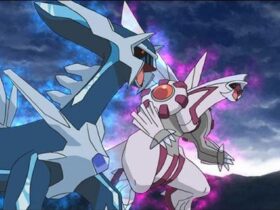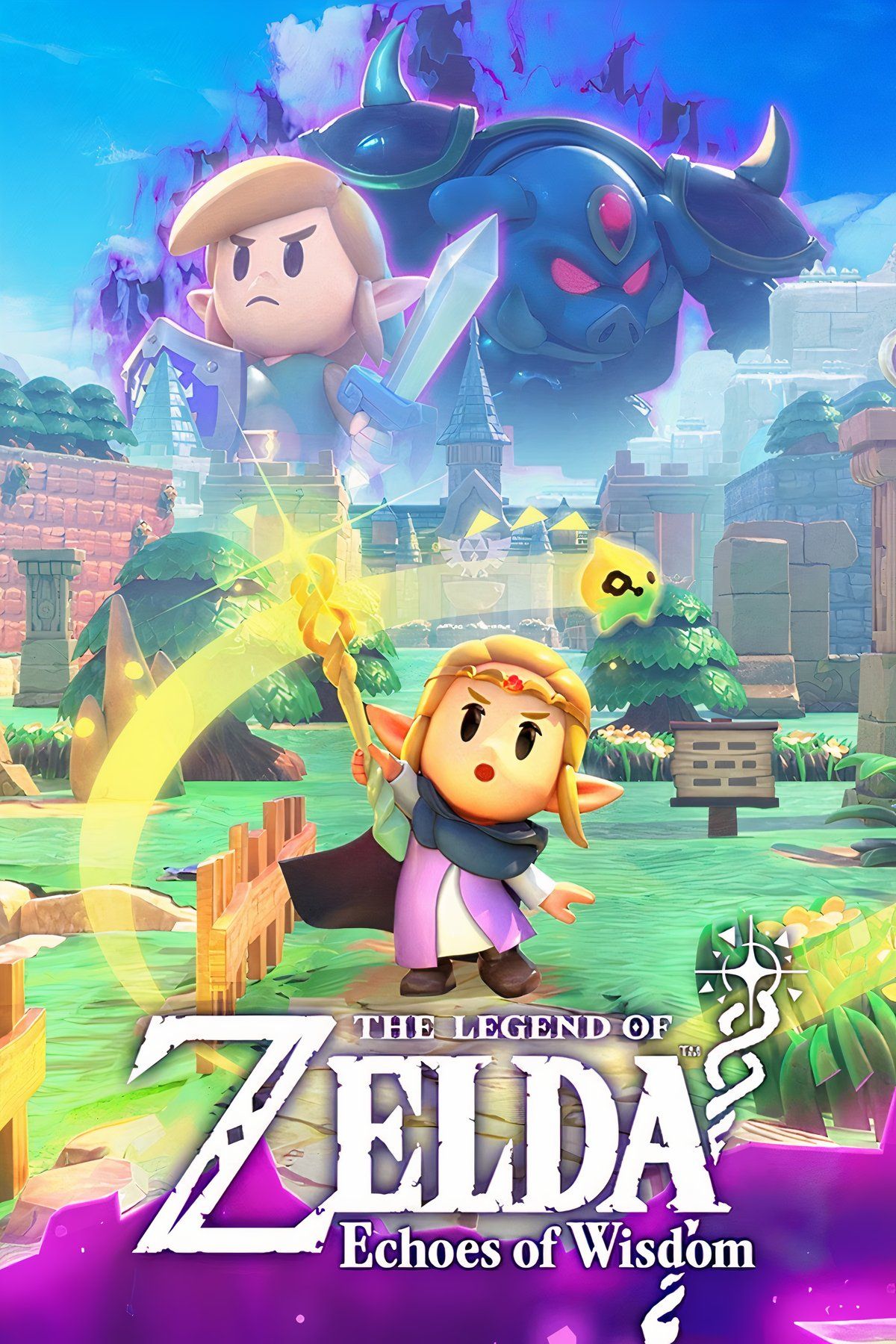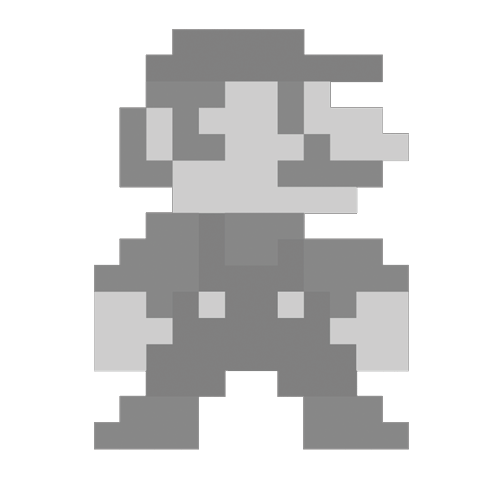There are few Zelda entries that are as interesting as The Legend of Zelda: Echoes of Wisdom. The game marks the first full story told from the perspective of the titular princess, and introduces a host of new, rewarding game mechanics, the most significant being Zelda’s ability to summon all manner of objects and even living beings to assist her during combat and puzzle scenarios.
This system is rather engaging and impressive, which is no small feat: Echoes of Wisdom was the chaser for Tears of the Kingdom, one of the most innovative and experimental Zelda games to date. While most would consider Tears of the Kingdom to be far more seminal and inventive, especially with respect to its Ultrahand and Fuse abilities, it’s not controversial to consider Echoes of Wisdom something of a companion piece to the more big-budget, flagship adventure, presenting a more quaint spin on many of its core ideas. One such idea is the quasi-companion system of Tears of the Kingdom, manifested through its various Sage summons: Echoes of Wisdom‘s Echoes mechanic serves a markedly similar function, and the continuation of this concept suggests a burgeoning trend for future Zelda games.

Related
Why The Legend of Zelda’s Spin-Off Drought Needs to End on the Nintendo Switch 2
The Legend of Zelda has a history of unique and surprising spin-offs, and this tradition should continue on the Nintendo Switch 2.
Tears of the Kingdom and Echoes of Wisdom Indicate More Companion Features in Zelda Games
Link and Zelda Are Never Truly Alone in Tears of the Kingdom and Echoes of Wisdom
In Tears of the Kingdom, Link gradually collects the spirits of his Sage allies, which can then assist him in various ways during gameplay. This system isn’t copied in Echoes of Wisdom verbatim, but the Zelda-helmed adventure does have an equivalent in the form of Echo summons and Automatons, which serve as assistants.
In a sense, this is a natural progression of old-school Zelda conventions. Games like Ocarina of Time, Majora‘s Mask, and Twilight Princess might feel like solo adventures, but Link always has company in the form of Navi, Tael, and Midna, respectively. While companions like Navi, Tael, and Fi mostly serve as exposition machines and anthropomorphized tutorials, others, like Midna, can be far more practical, assisting Link in combat, traversal, and puzzle-solving. It’s in this second category that the companions of Tears of the Kingdom and Echoes of Wisdom fall.
Giving both Link and Zelda practical and materially useful allies, which can be manipulated by the player’s actions, makes for far more interesting gameplay at many points. They also serve a narrative purpose, being reminders that these heroes are never truly alone, and that they have the support and recognition of the people, even when faced with seemingly insurmountable obstacles.
What Zelda’s Ostensible Commitment to Companion Systems Could Mean for the Future
Right now, the future of Zelda is rather uncertain. Nintendo has been transparent about its plans to move forward from the BOTW/TOTK formula, and while there could be some successors for Echoes of Wisdom, its formula is unlikely to evolve into that of the mainline series. That said, some of these games’ high-level features and trends could offer hints about the future of the franchise. A companion system is among these high-level features.
Nintendo’s tendency to give both Zelda and Link in-game allies could indicate a willingness to embrace more party-based gameplay in future Zelda releases. Maybe an embracing of traditional RPG mechanics or social-sim features could be in the cards for Zelda, as TOTK and EOW may set the stage for more in-depth companion systems. Naturally, Zelda games are always about Link’s journey, so the series shouldn’t jump the shark in this respect, but further developing the NPC mechanics of the previous two games certainly has great potential.














Leave a Reply